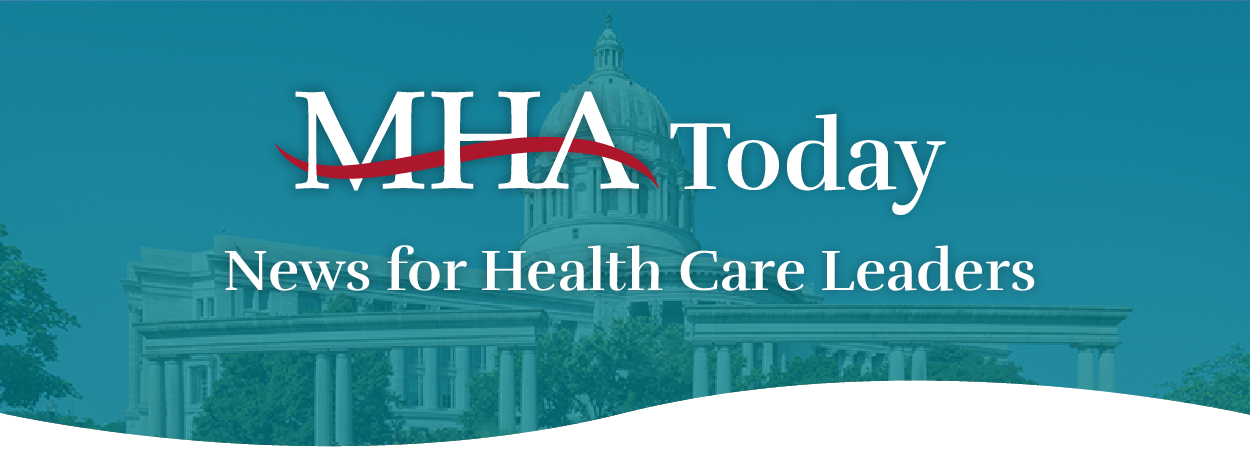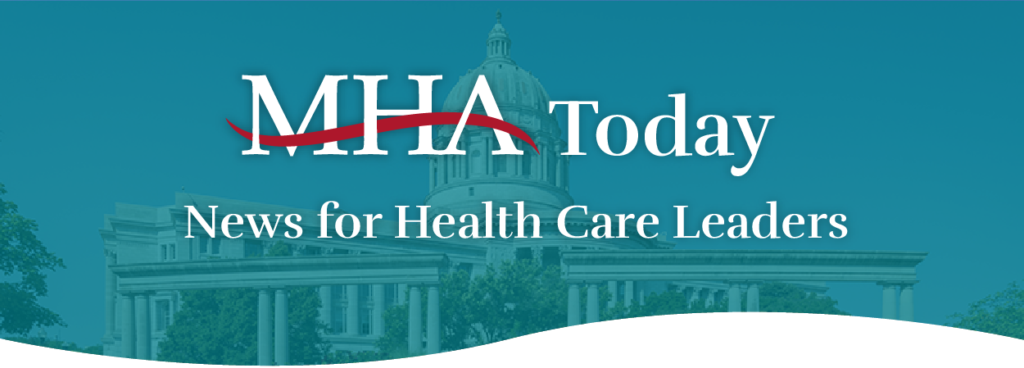Actions
Type

|
|
|
|
Insights |
|
As a slogan, “Medicare for all” — or M4A, as Charles Blahous, a researcher from George Mason University’s Mercatus Center, calls it — is simple and broadly appealing. However, as a policy proposal, it’s important to define what it is, what it would cost and the politics behind the plan. M4A builds on the significant positive feeling among the public about the Medicare program. However, when digging deeper, it’s clear that M4A isn’t a specific proposal, but a set of ideas that require policy choices. For example, one interpretation would be that M4A would turn the health care system upside down — eliminate employer coverage for 170 million Americans and Medicaid for 80 million more — while enrolling all of these individuals into Medicare, along with the uninsured. In that case, M4A is a euphemism for a single payer system. However, another more nuanced view would provide M4A while maintaining choice in our health care system by providing a Medicare buy-in option. This direction would be similar to the “public option” that was debated and ultimately rejected as a component of the Affordable Care Act. Defining M4A is essential, because Medicare wasn’t designed as a traditional health insurance product. The program was established to cover a very specific population — the elderly and the disabled. Although there have been some updates since it was launched in 1965, the program is still largely locked in a 1965 benefit model. For example, Medicare doesn’t cover vision, dental or long-term care services. Significant program changes would be required if Medicare were to expand as the nation’s single payer program or as a “public option” insurance product. The cost of M4A is another huge issue. Last month, Mercatus’ Blahous released a study estimating some of the costs potentially associated with M4A. The report garnered a great deal of national press with both the pro and con sides lining up to heap praise or lay criticism on the work. However, the research is consistent with previous studies in this area. The report notes M4A-like changes to the health care system would require nearly $32.6 trillion in federal spending during the first 10 years of the program. In addition, the research indicates that this new commitment would enlarge the amount of health care devoted to our gross domestic product, requiring a “doubling [of] all currently projected federal individual and corporate income tax collections … to finance the added federal costs of the plan.” Two additional finance-related points from the research are important to note. First, Medicare administration is much less than commercial (e.g., traditional Medicare has no preauthorization program), and when combined with savings on drug costs, it could reduce health care outputs by nearly $850 billion. Second, Medicare — as hospitals know well — pays rates below both commercial rates and actual costs. Medicare rates for hospitals and physicians currently are 62 percent and 75 percent of commercial rates, respectively. And, the Medicare Payment Advisory Commission holds that Medicare margins for hospitals in 2016 were a negative 9.6 percent. Blahous observed, “Health care providers operating under M4A will be reimbursed at rates more than 40 percent lower than those currently paid by private health insurance.” According to Blahous, how hospitals and physicians would respond to payment rates below costs “is not precisely predictable.” Finally, the politics of M4A are fascinating. Medicare has a great brand. And, like Social Security, Medicare often is referred to as the “third rail” of politics — if policymakers advance unpopular changes they will pay a price at the ballot box. As a result, the M4A debate is a safe rally point for progressives and presents an opportunity to unite the Democratic Party on a key health care issue. M4A is a simple message. As the public grows increasingly frustrated with the health care system, M4A is providing an alternative — even if that alternative is poorly defined. And examples of the broken system — like Anthem’s payment policy for certain emergency department services — will generate converts to the M4A argument. Polling suggests the public is warming up to an M4A-type system. A recent Kaiser Family Foundation tracking poll shows that 59 percent of respondents support M4A — a clear majority. But what’s fascinating about the poll are the numbers for those who support the Medicare buy-in option. The pollsters asked if the respondent would favor “a national Medicare-for-all plan open to anyone who wants it, but people who currently have other coverage could keep what they have.” The favorable response jumped to 75 percent, but for Republicans, it jumped from a 36 percent favorable impression to 64 percent. CMS Administrator Seema Verma recently opined on the growing interest in M4A. In a June speech, she said such a move would strain the system, and rather than expanding it to a population it was never designed to cover, we should be about “working to strengthen Medicare.” She also expressed concerns about giving government “complete control over the decisions pertaining to your care,” and called out the problem it would create by embedding the current “misaligned financial systems that are driving up costs, and the bureaucratic hurdles faced by doctors and hospitals.” The Mercatus report included cautions as well. According to Blahous, “Perhaps some facilities and physicians would be able to generate heretofore unachieved cost savings that would enable their continued functioning without significant disruptions. However, some would undoubtedly not … some access problems almost certainly would arise.” The debate over M4A is only beginning to heat up. The general election will allow M4A proponents and opponents to make their case to a larger audience. If Republicans lose either the House or Senate this fall, the stage is set for a more fierce debate over the next two years as we await the presidential election in 2020. As with Obamacare, health care providers likely would carry a significant M4A burden as the health care system transitions. We must be ready for this conversation. Let me know what you think.
Herb B. Kuhn
|
|
Advocate |
MSMA Opposes Medical Marijuana Ballot InitiativesStaff Contact: Ted Wedel Today, the Missouri State Medical Association announced its opposition to the three medical marijuana ballot questions that will be offered to Missouri voters in November 2018. Although they acknowledge that a limited number of patients may receive limited symptom relief for certain medical conditions, they expressed that numerous studies have identified negative health effects for a large number of diagnoses. MSMA has called on the Food and Drug Administration and the Drug Enforcement Administration to revise marijuana’s current classification as a Schedule I controlled substance in order to facilitate evidence-based, scientifically-valid clinical research to evaluate its efficacy and safety. |
|
Quality and Population Health |
CMS Selects Hospitals For eCQM ValidationStaff Contact: Sherry Buschjost The Centers for Medicare & Medicaid Services has selected hospitals for validation of electronic clinical quality measures for calendar year 2017 (fiscal year 2020 payment determination). The CY 2017 quarters eligible for validation for FY 2020 payment determination are first quarter 2017 through fourth quarter 2017. The list of selected hospitals is available on QualityNet. eCQM validation resources are also available. Human Trafficking Resources Available For Health Care ProvidersStaff Contact: Sarah Willson or Jackie Gatz This spring, the Missouri General Assembly addressed the issue of human trafficking by passing House Bill 1246. The legislation requires various establishments, including hospitals, to post information publically regarding human trafficking effective March 1, 2019. Further, twenty-nine new ICD-10 codes will be available on Monday, Oct. 1, which will allow providers to identify and assist victims of human trafficking, as well as allow coding professionals to translate that information into data that will provide greater insight into the problem. Recently, the Joint Commission issued a Quick Safety bulletin on identifying and managing human trafficking. Although today concludes the campaign, MHA remains committed to providing resources through the S.A.F.E.R. Initiative, which offers guidance and resources to foster collaboration and develop safer care environments and resilient communities.
|
|
Did You Miss An Issue Of MHA Today? |
|
August 13, 2018 August 14, 2018 August 15, 2018 August 16, 2018 |
|












